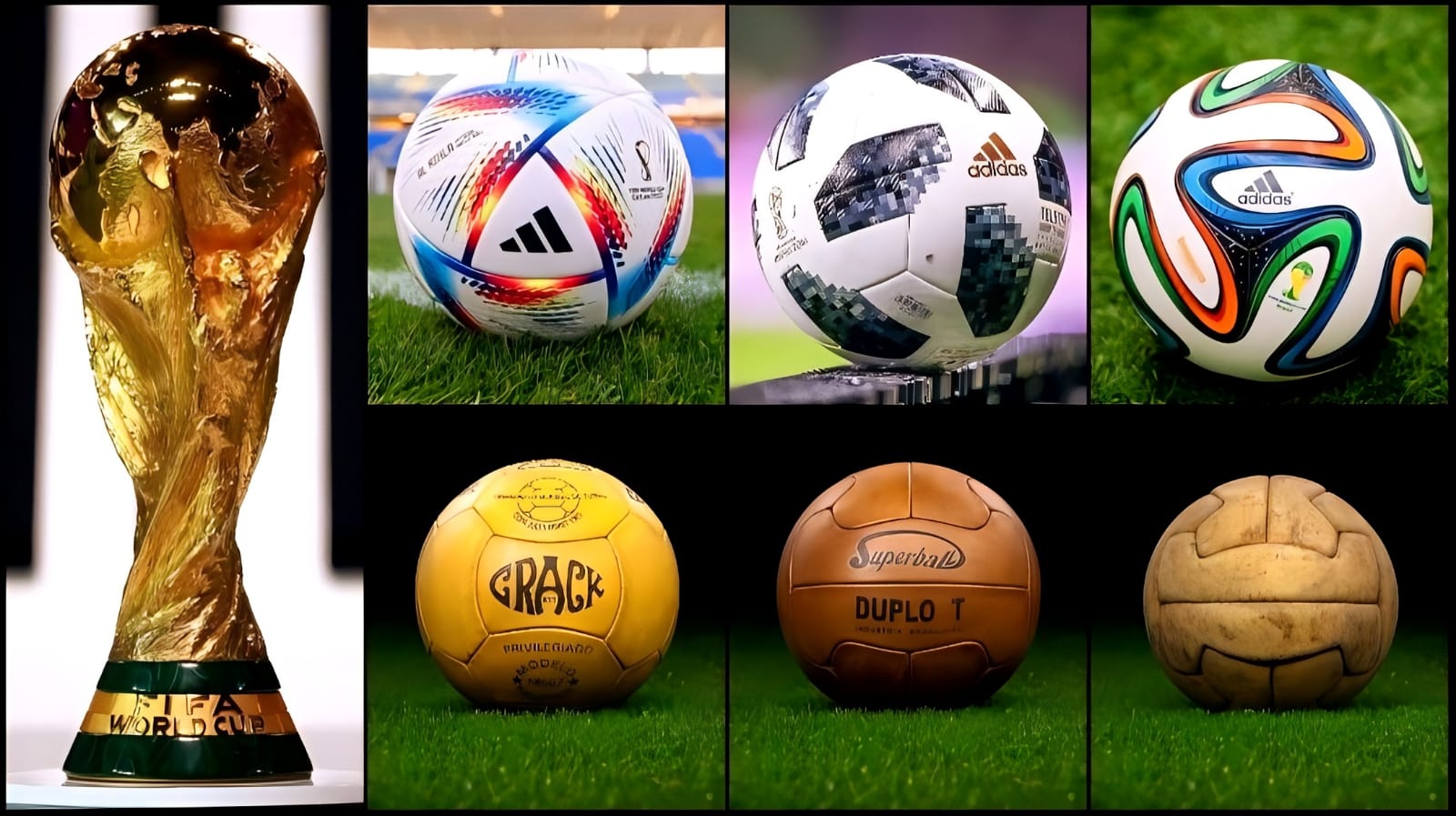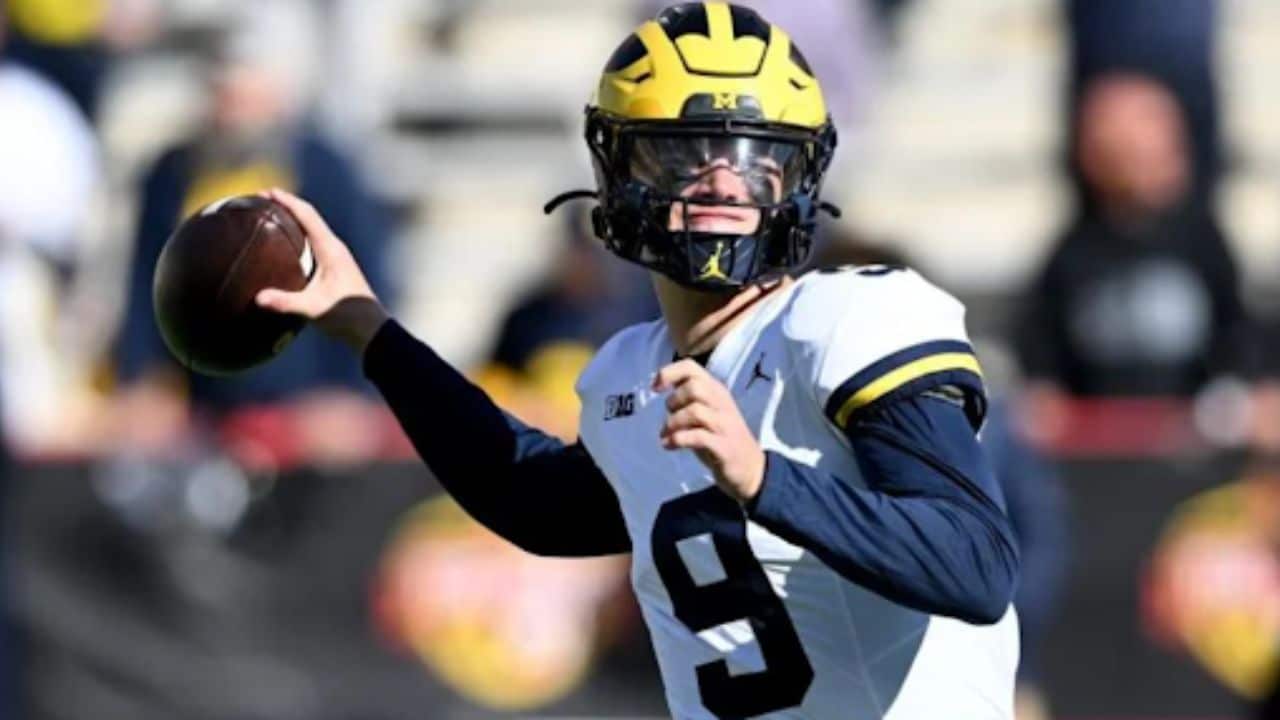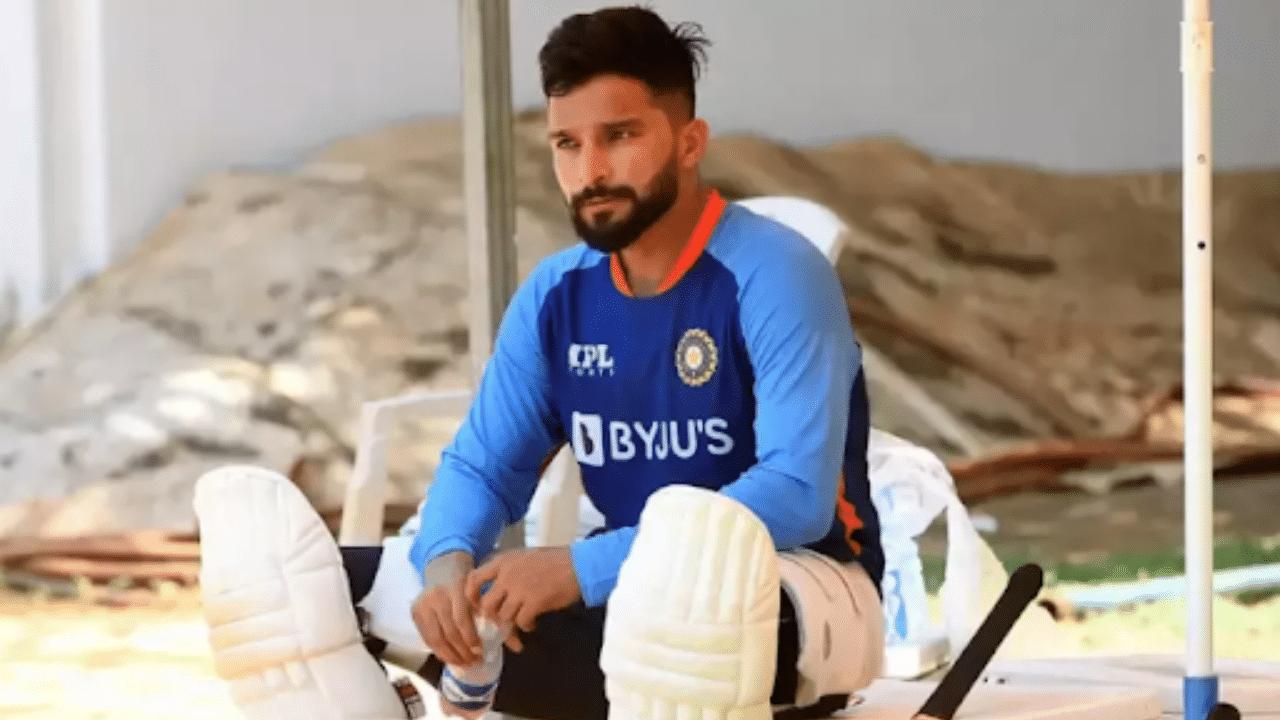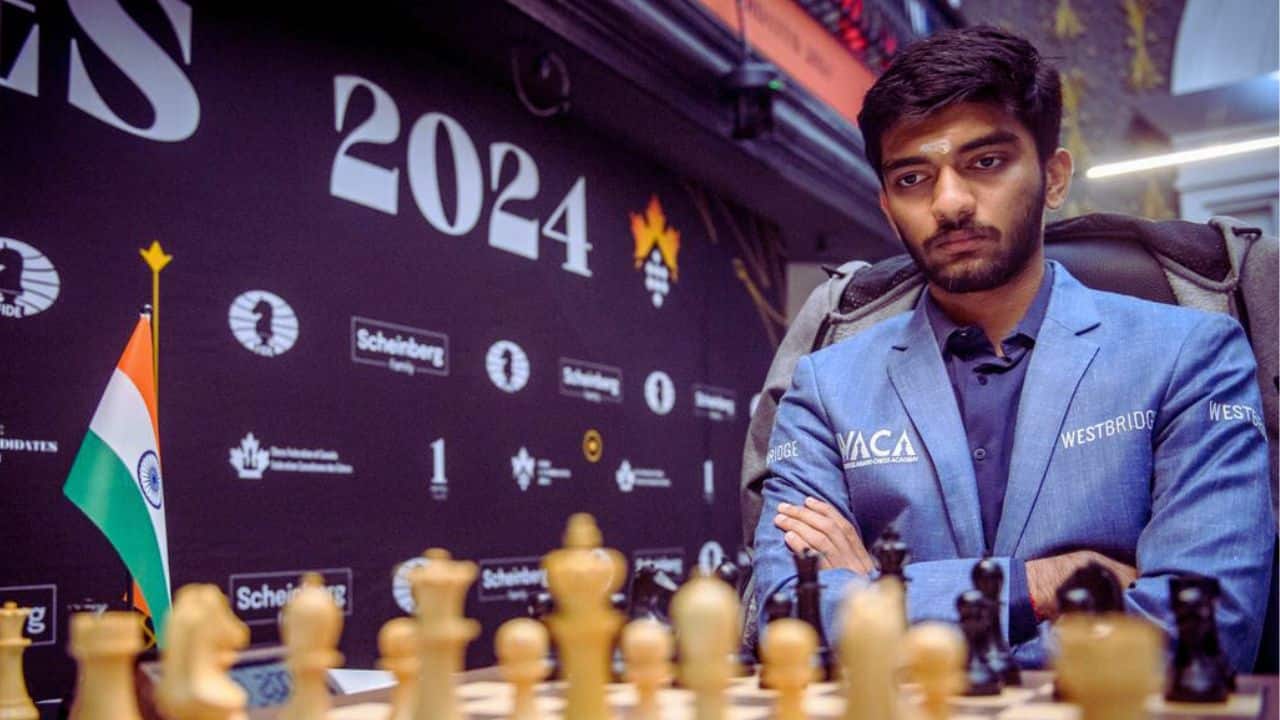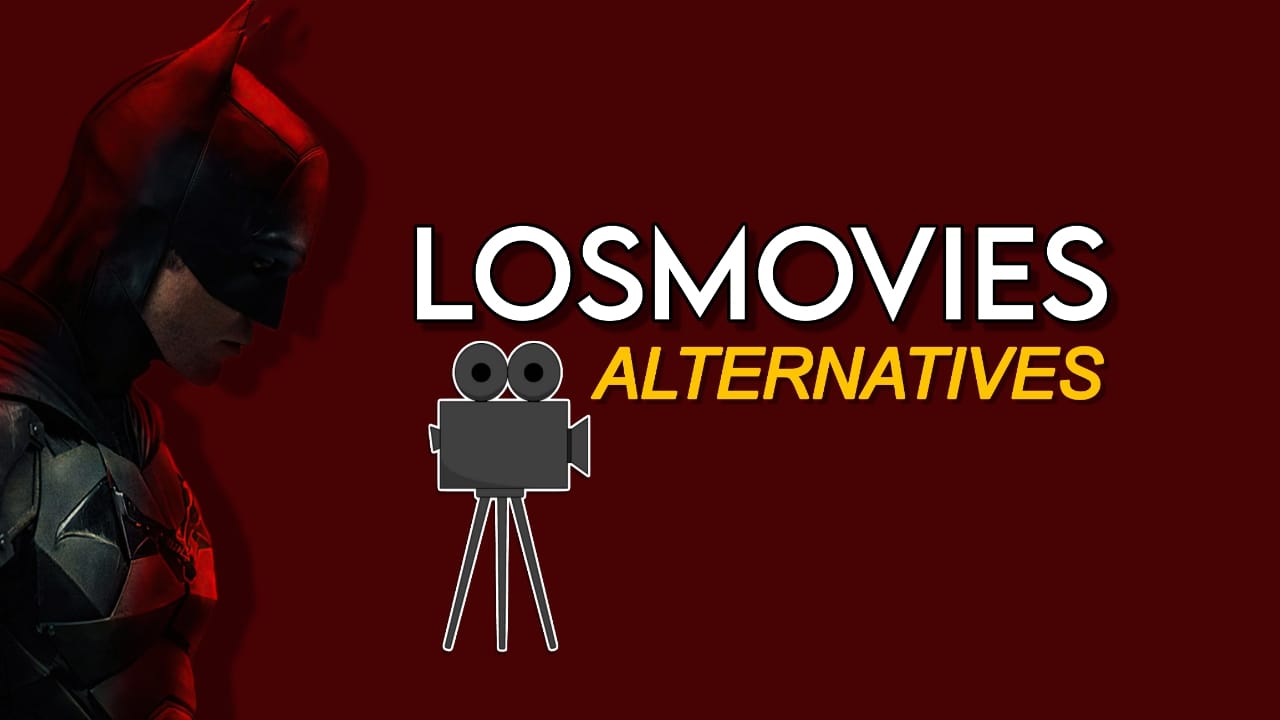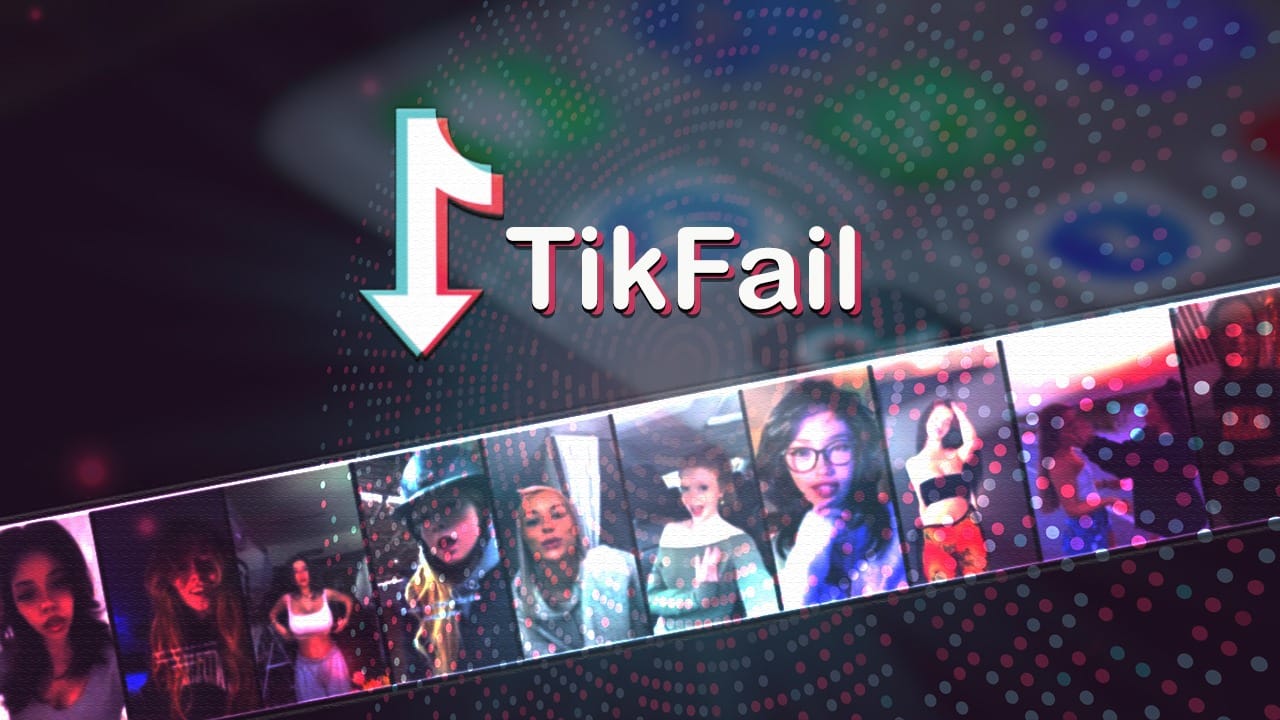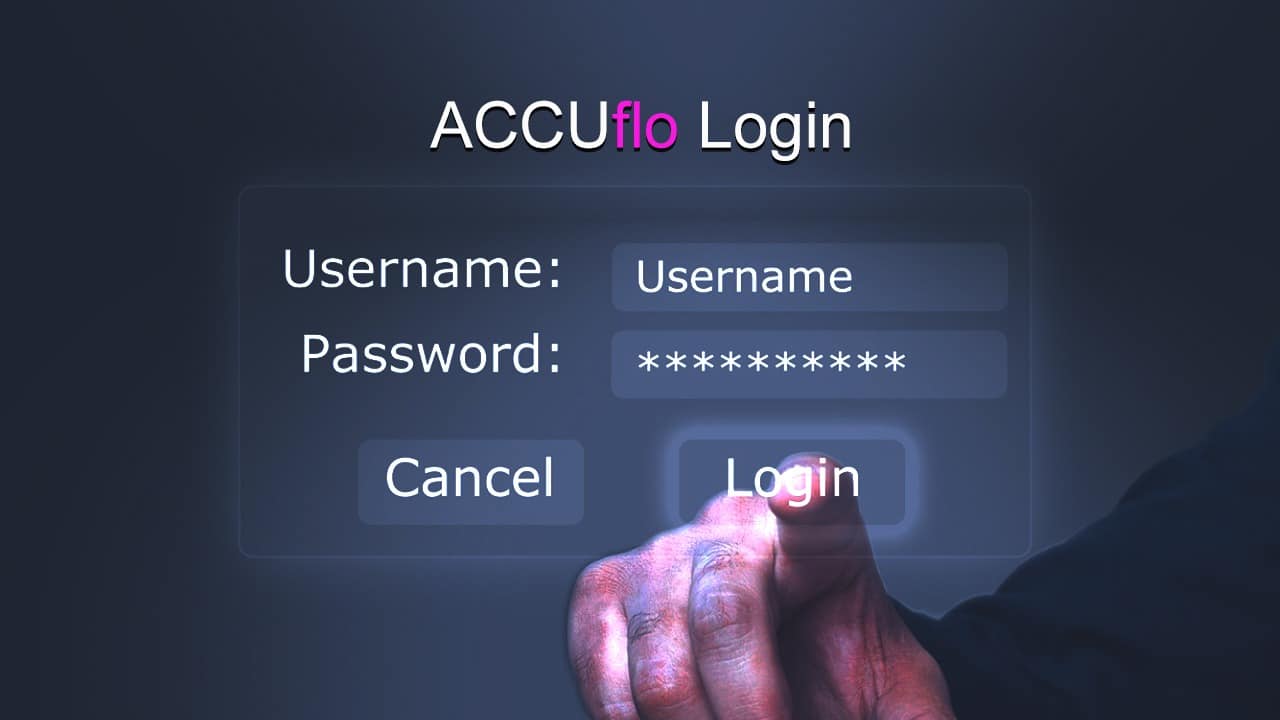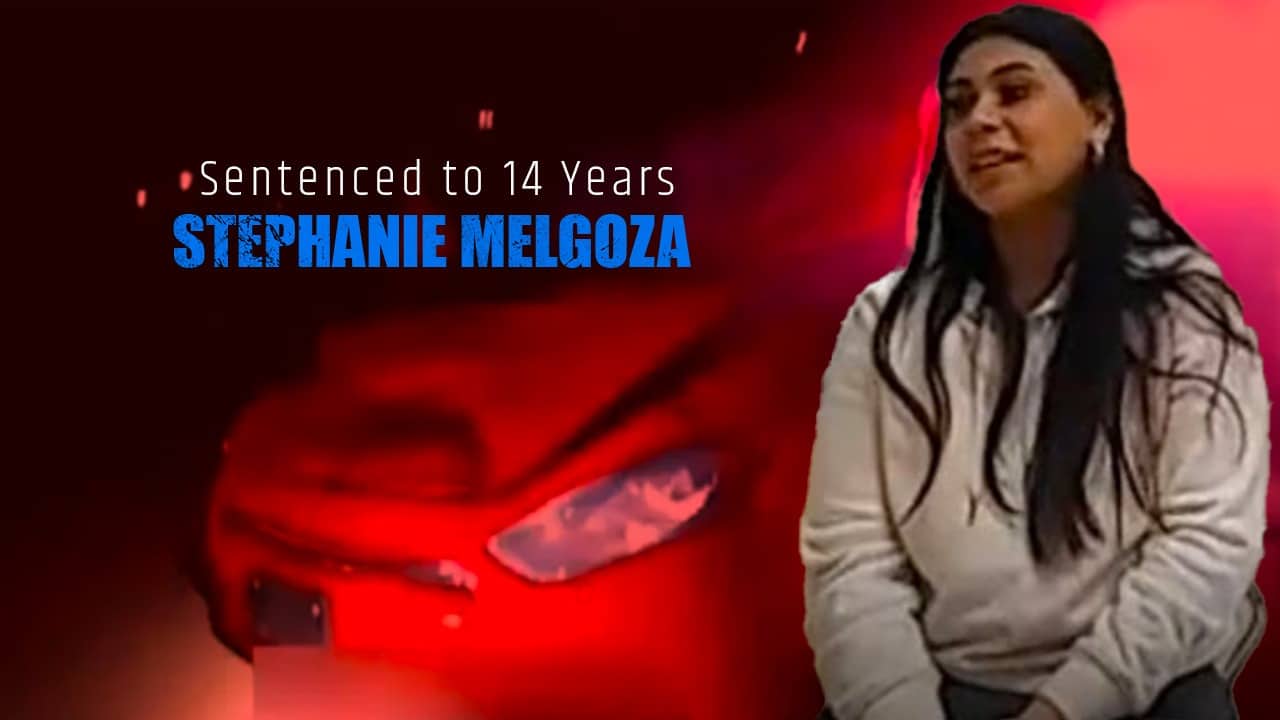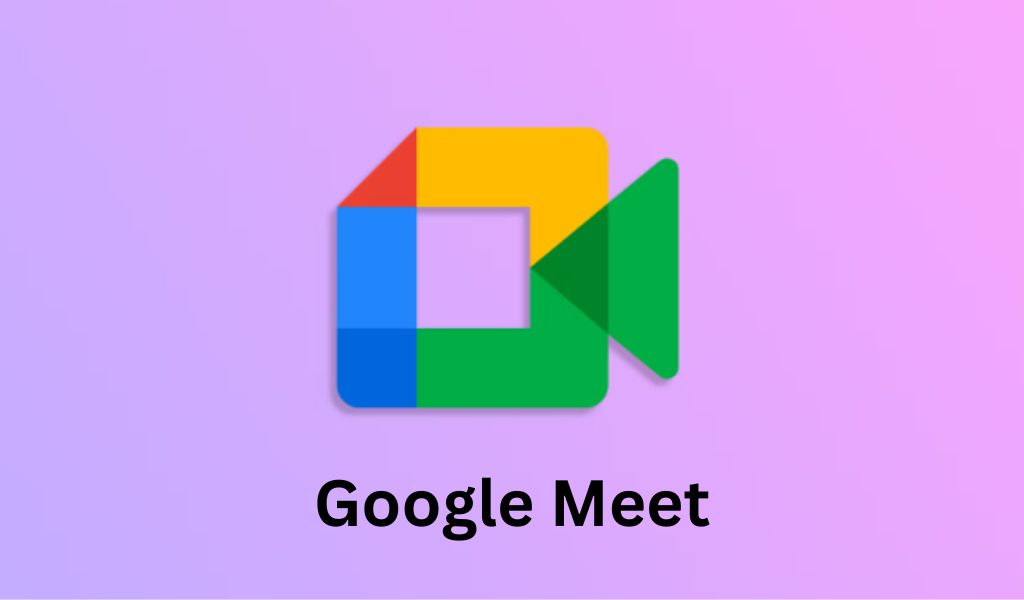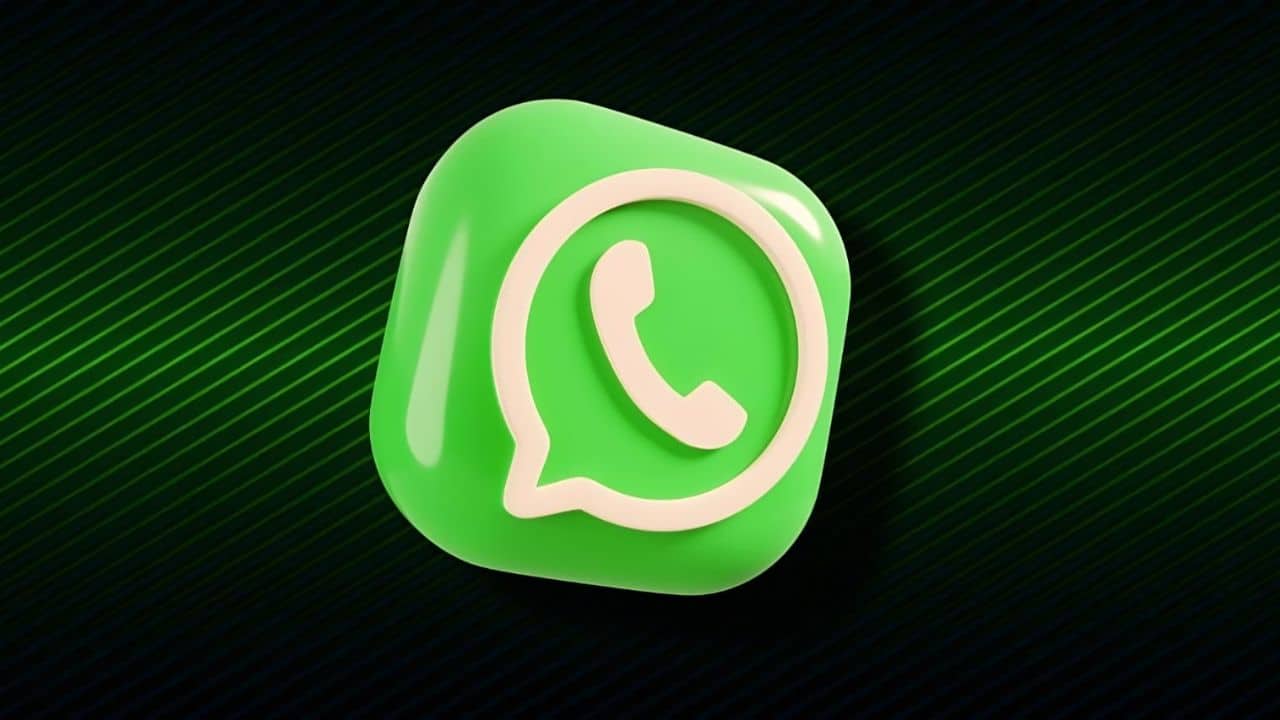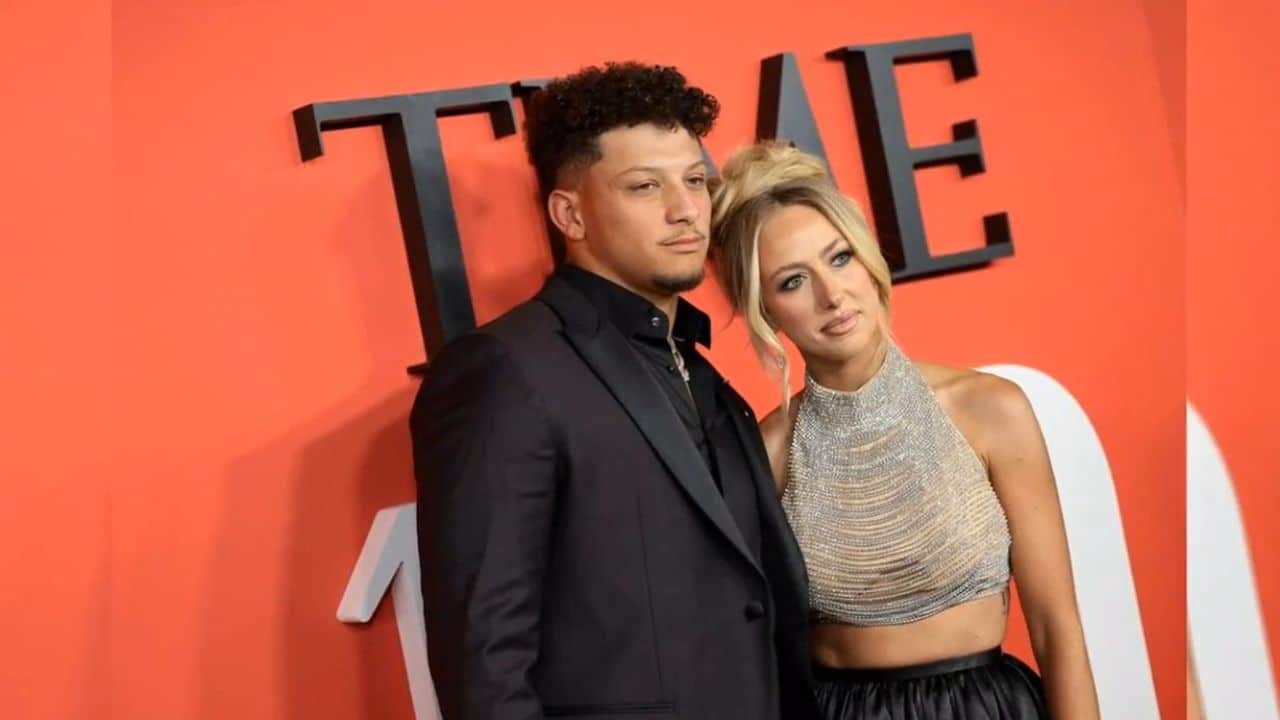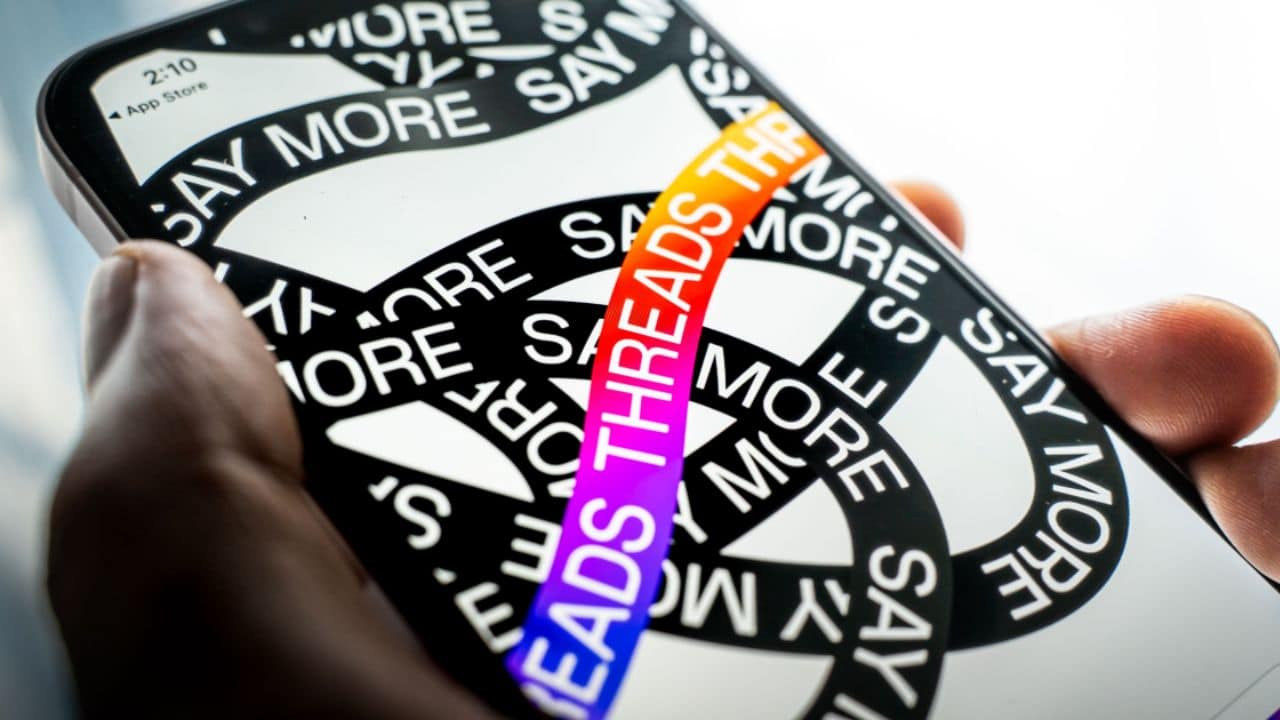Listen Podcast
Since the first tournament in Uruguay in 1930, the balls used in football’s greatest matches have seen tremendous changes.
In many ways, 2022 FIFA World Cup balls history mirrors the rise of professional football itself. That is evident in the evolution of the World Cup ball, which has progressed from a leather-bound pig’s bladder to the high-tech, synthetic spheres we see sold and marketed around the world today.
Here is the FIFA World Cup balls history, from a half-time ball alteration that influenced a final to the “supermarket” model detested by goalkeepers.
Tiento & T-Model (1930)
The inaugural World Cup, held in Uruguay in 1930, had no official ball. Argentina and Uruguay disputed about who would supply the ball before the final and agreed to switch it at halftime.
It may have had a significant impact on the game’s outcome. Argentina led 2-1 in the half until the Uruguayans introduced a larger, heavier ball, and the hosts soon scored three consecutive goals to claim the title. Argentina’s ball was known as the ‘Tiento’, while Uruguay’s was known as the ‘T-Model’.
Even identical balls were unique at this period since they were sewn and inflated by hand. They would also become heavier if it rained. The ball has also had an impact on the path of FIFA World Cup balls history.
Federdale 102 (1934)
The second World Cup was hosted in Italy, which was under the dictatorship of Benito Mussolini at the time. The Federale 102 ball was made by his government, but other balls from England were also used in the competition.
One of the most significant modifications was the substitution of cotton laces for leather laces, which were much softer and more forgiving for players heading the ball. However, because balls were manufactured by hand at the time, with the skill of the inflator dictating how spherical the completed product was, quality control was impossible.
Allen (1938)
When the World Cup came to France in 1938, Allen, a Paris-based manufacturer, was the first to be authorized to brand their balls. This ball was similar to the Federale 102 in Italy. The cotton laces remained, as did the 13th panel to which they were sewn (previously, balls had usually been made up of 12).
The most noticeable difference was that the edges of the panels on the Allen ball were more rounded than those on the Federale, a tendency that would continue when the sport restarted in full after WWII.
DUPLO T (1950)
Due to World War II, there was a 12-year hiatus for the next World Cup after the 1938 tournament, which resulted in a significant advancement in ball production. The main breakthrough for the 1950 tournament, however, had been made in Argentina in the early 1930s and was only waiting to be cleared for use at a FIFA competition.
For numerous years, this ball was known as the ‘Superval,’ and it was eventually renamed the ‘Superball,’ once the firm behind it expanded into Brazil.
Swiss World Champion (1954)
In 1954, the World Cup was held in Switzerland, which meant a Swiss ball made by the Basel-based business Kost Sport.
Their ‘Swiss World Champion’ ball advanced further by adopting an 18-panel construction, with the panels interlocking in a zig-zag pattern. For decades, that shape would be used in some balls. The combination of that structure and a brighter yellow color makes this possibly the first ball that begins to resemble the versions used in the 1980s and 1990s.
Top Star (1958)
FIFA made its initial moves toward opening up competition to supply the tournament ball for the 1958 World Cup in Sweden. The winning ball, known as the Top Star and manufactured by an Angelholm business, was the first to have 24 panels used in a World Cup. Each side was given 30, with the opportunity to purchase additional from Brazil.
In certain ways, the Top Star was the first ball to be used at more than one World Cup. More on that shortly.
Crack (1962)
There was the Crack before the Jabulani. This was the ball used for the first World Cup in Chile in 1962, and it was widely panned. The Crack, designed by Chilean firm Custodio Zamora, had 18 panels that were unevenly divided; some were hexagonal, others rectangular, and so on, and all were painstakingly stitched together.
Challenge 4-Star (1966)
As in 1958, the ball for the 1966 World Cup in England was chosen in a blind test, and it was the first ball to be produced by a significant modern brand.
The English Football Association took a number of precautions to make sure that nobody participating in the decision-making process, which took place at the FIFA Bureau meeting in London, could have any prior knowledge of the 111 balls submitted. When the field of candidates was reduced to eight, two more were discovered to have failed to sustain the necessary standard throughout a longer period of testing, making a total of 48 that did not meet standards.
Telstar (1970)
Because of its popularity, the Telstar was only marginally modified for the 1974 competition in West Germany, the country where Adidas is based.
Telstar Durlast (1974)
The Telstar was such a success that it was just slightly modified and not totally redeveloped for the 1974 tournament in West Germany, Adidas’ home country.
The ‘Telstar Durlast’ was renamed, although the ‘Durlast’ element was still present on the 1970 ball. This refers to the coating applied on the ball to protect the leather and enhance its durability in rainy weather. The 1974 ball was given a thicker covering of ‘Durlast,’ which gave it its signature sheen.
Tango (1978)
Adidas developed the Tango in 1978, named after Argentina’s popular dance.
It went on to become one of the most popular balls ever made, but Adidas was clearly nervous about releasing their second World Cup design, so they produced a quantity of ‘Telstar 1978’ balls as a backup plan.
Tango Espana (1982)
When releasing the Tango Espana for the 1982 World Cup in Spain, Adidas did not tinker around too much with a winning recipe. The Durlast coating was no longer necessary for the Tango Espana because the seams were now both welded and sewn together, improving the ball’s water resistance and durability.
In 1984, a coating of water-repellent polyurethane would be added, bringing about the aforementioned demise of the leather ball (more on that in the following section).
Azteca (1986)
Although the Azteca is not a very remarkable ball in and of itself, it plays a significant role in the FIFA World Cup balls history for a few reasons.
First off, Adidas created a ball unique to the host nation, in this case Mexico, after reusing the Tango in Spain. From this point forward, every tournament would carry on with that custom.
But more significantly, this was the first World Cup to use a synthetic ball.
Etrusco Unico (1990)
The ball for Italia 90 was called the Etruscan Ball in keeping with the notion of paying respect to the host nation in some form. The Etruscans were a prehistoric Italian culture.
Most notably, the typical Tango-style “triads” featured Etruscan lion heads, a popular theme in the era’s fine art.
After the 1986 World Cup, Adidas continued to improve the materials and characteristics of its entirely synthetic ball, with the Etrusco Unico being a development of the Azteca.
Questra (1994)
By wrapping the match ball in polystyrene foam, design for the competition in the United States made another big advancement. It had the effect of making the ball softer, allowing for a delicate touch, and more sensitive when you tied your laces.
The utilization of space technology as the inspiration for the artwork praised American ambition. The USA’s “desire for the stars” was demonstrated by rockets that made their way onto the triads. Additionally, it was the last official match ball made of conventional leather.
Tricolore (1998)
adidas updated the match ball with the vibrant red, white, and blue of the French flag after the success in the United States. In addition to being the first to introduce color to the game, as its name suggests, the Tricolore also improved energy return, responsiveness, and durability thanks to new syntactic foam.
The national colors were printed using an under-glass print technique, which made it possible for them to stand out on the field and shine during every game.
Fevernova (2002)
Always daring, adidas departed from the Tango design’s great run for the Fevernova in Asia. The syntactic foam layer was improved, and the ball’s truer flight made it even more precise.
The final design was inspired by Asian culture and had a triangle execution with red swashes that mimicked calligraphy lines and a dark gold that was designed like a tomoe (a Japanese swirl).
Teamgeist (2006)
After the Fevernova’s breakthrough, the Teamgeist took things a step back by eliminating panel friction and giving everything a perfectly rounded shape. As a result, it played more realistically and gave players new game-controlling options.
Play and performance were much enhanced by getting rid of the seams and ridges that we had been accustomed to in earlier balls. The gold embellishments on the German flag’s surface were seen as a 1-1 tie with the color of the coveted Cup.
Jabulani (2010)
The first World Cup to be held in Africa received a ball that was equally revolutionary.
Grip n’ Groove technology allowed athletes to demonstrate their dribbling ability, while eight thermally bonded 3D panels were sculpted for a ball that was rounder and more accurate than any before it.
Brazuca (2014)
Brazilians were given the opportunity to vote on the name of the 2014 official match ball, which they chose “Brazuca” – a term that symbolizes the Brazilian way of life. Thermal bonding was used to reduce the panels to six interlocking geometrical patterns. After the Jabulani was criticized for the way it moved in the air, fewer panels meant fewer potential for flaws and truer flying.
The texture was inspired by the adidas Finale 13 that was used in the UEFA Champions League. The blue, green, red, white, and black hues were inspired by traditional Brazilian wish bracelets, and the curving lines reflect the Amazon River’s twisting journey.
Telstar 18 (2018)
The adidas Telstar 18 combines vibrations of the past with performance of the future, as revealed by reigning World Cup Golden Ball winner Lionel Messi at a gala event in Russia. The black-and-white design pays homage to the original Telstar from 1970, while the pixelated pattern pays homage to Russia’s urban environments.
Al Rihla (2022)
The 2022 World Cup ball, named Al Rihla, which means “The Journey” in Arabic, combines artistic aspects honoring hosts Qatar with technical innovation for speedier play on the field. Al Rihla’s brilliant accent colors flare on a pearlescent background, inspired by Qatar’s culture, architecture, distinctive boats, and flag.
The adidas CRT-CORE innovation is at the heart of the ball, providing speed, accuracy, and consistency while maintaining shape and air retention. The SPEEDSHELL textured PU outer layer has a revolutionary 20-piece panel shape for increased flight stability at higher speeds. Al Rihla is also the first in FIFA World Cup balls history constructed entirely of water-based inks and glues.
If you feel interested
You can also read Entertainment, Numerology, Tech, and Health-related articles here: FIFA World Cup Hat-tricks history, FIFA World Cup Balls History, IT Chapter 3, Mangaowl, Scorpion season 5, Moviedle, Shoresy Season 2, New Shows on Disney plus in December 2022, New shows on Amazon Prime in December 2022, DI Ray Season 2, Homewyse, YBA Trello, Quiet BPD, Netflix December 2022 Schedule, November 18 Zodiac, November 15 Zodiac, Bayonetta 3, Hamraaz App, The Flash Season 9, November 6 Zodiac, AU Reborn Codes, Best DC Series on HBO Max, Richest Rapper in the World 2022, Hannah Kepple net worth, Red Bali Kratom, Holding season 2, Virat Kohli Net Worth.
You can read more
Reaper 2 Trello, JoinPD, Seasonal Holidays, SQM Club, The Crown Season 5, Mismatched Season 2 Netflix Release Date, Best Movies on Star Plus, Best Free VR Games in 2022, Xbox Game Pass October 2022, Riverdale Season 7, Optimus human robot, Andrew Tate Net Worth, Dua Lipa net worth, KGF Chapter 2.
Summer Podcasts on Movistar, Best Cycling Simulator Games, MyShopify, Ben Affleck Net Worth, Filmymeet, 5Movies, September 8 Zodiac, Kengan Ashura Season 3, High School DxD Season 5, Jeezy Net Worth, Historical Series on HBO Max, F2Movies, Best Travel Movies of All Time, Vikings Season 7, How to Watch Artemis I Launch Attempt, September 2 Zodiac, Hubble’s Law and Age of Universe, Steps for Casual Look, Daredevil Season 4, Tinyzone, Lady Gaga All movies, Thank You in Spanish, Openload, Subnautica, Knives Out 2, Best Basketball Anime, Red Bottom Shoes, StoriesDown, She-Hulk release date, Overlord Season 5, Samsung Galaxy Z Fold 4 Review, Feogi, Laal Singh Chaddha Review, Baki Season 5, Bflix, Leonardo DiCaprio Sneakers, Hurawatch.
Apart from the above articles
QueenslandMax, Shower Standing Handle, August 11 Zodiac, How to pass a drug test, How to Roll a Joint, iFun, Emerald Chat, How to Play Mancala, August 8 Zodiac, Jilo Virals, August 4 Zodiac, Findsnap, Tomb Raider Anime, Netflix August 2022 Schedule, Animixplay, Upcoming Marvel Movies 2022, July 31 Zodiac, Best Lily Collins Movies, Notepadqq, Flaxseeds with Milk Benefits, Imginn, Snaptik, Picuki, Alexis Clark Net Worth, Black Panther 2.
You can read also
Marvel Echo Release Date, Frozen Fruit Recipes, Black Tourmaline, Webtoon XYZ, Fastest VPN for Android, IFVOD, XXXX Dry Review, Highest Grossing Indian Movies of all Time, Highest Grossing Movies of All Time, Rush Limbaugh net worth. Gotham Season 7, Parag Agrawal Net Worth, Tara Reid Net Worth, Blonde Trailer, Fastest VPN for PC, Highest Paid CEO in India 2022, Highest paid athletes 2022, My5 TV Activate, Kissmanga, Highest Paid CEO 2022, Grey’s Anatomy Season 19, Alexa.com Alternatives, The Resident Season 6, Kraven The Hunter, One Punch Man season 3, The Resident Season 5, Yellowstone season 5, Ozark season 4 part 2, How to Remove Bookmarks on Mac,
Outer Banks Season 4, How to watch NFL games for free, DesireMovies, 6streams, 4Anime, Moviesflix, 123MKV, MasterAnime, Buffstreams, GoMovies, VIPLeague, How to Play Music in Discord, Vampires Diaries Season 9, Homeland Season 9, Brent Rivera Net Worth, PDFDrive, SmallPDF, Knightfall Season 3, Crackstream, Kung Fu Panda 4, 1616 Angel Number, 333 Angel Number, 666 Angel Number, 777 Angel Number, 444 angel number, Bruno Mars net worth, KissAnime, Jim Carrey net worth, Bollyshare, Afdah, Prabhas Wife Name, Project Free TV, Kissasian, Kickassanime, Moviezwap, Jio Rockers, Dramacool, M4uHD, Hip Dips, M4ufree, Fiverr English Test Answers, Fiverr SEO Skill Test, NBAstreamsXYZ, Highest Paid CEO, The 100 season 8, and F95Zone.
Thanks for reading. Stay tuned!

